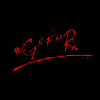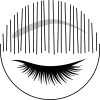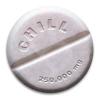Ίσως το καλύτερο Camera Review για το iPh 11 Pro μέχρι στιγμής, απο τον Austin Mann (ναι η απο κάτω φώτ/φια είναι απο το τηλ).
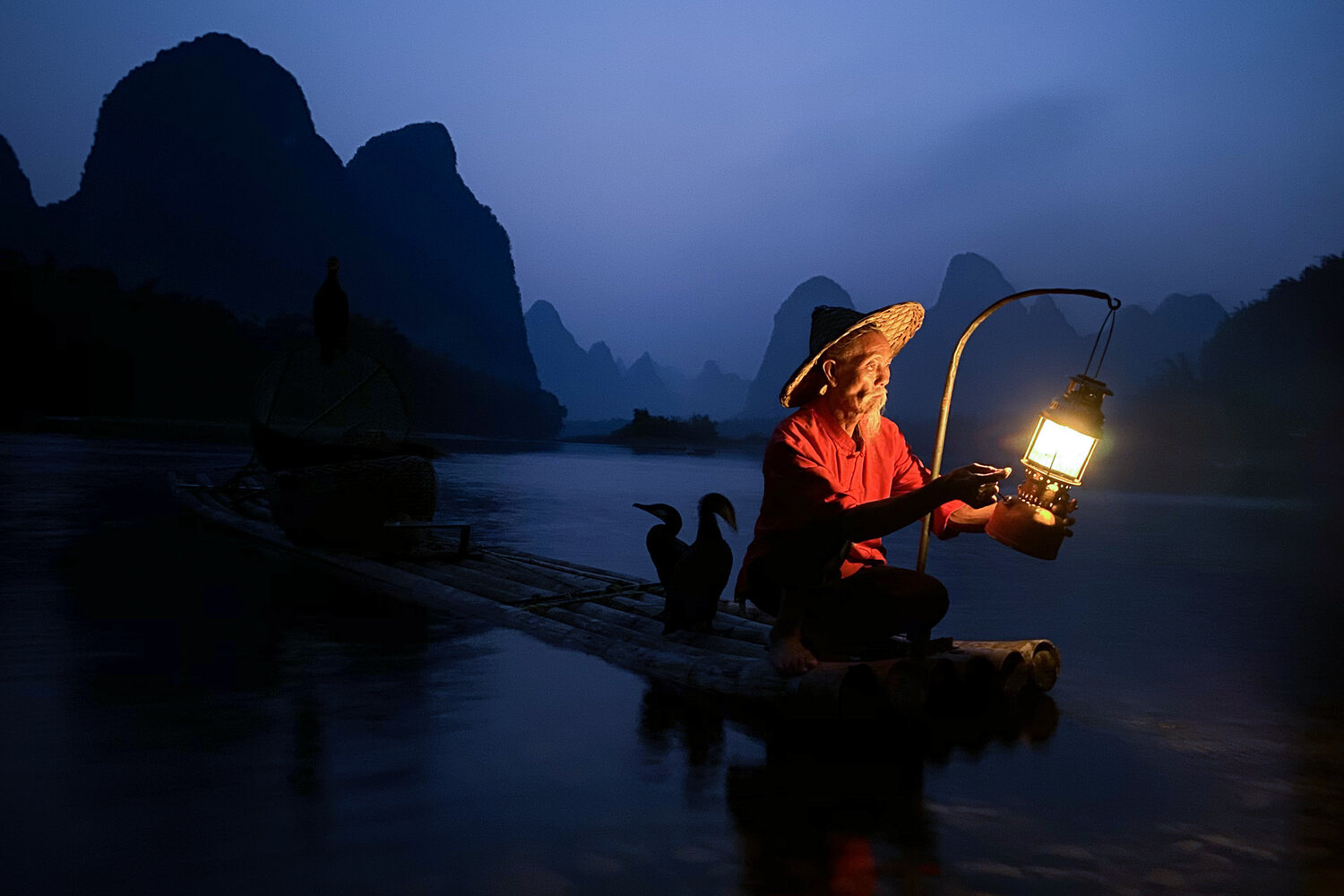
One thing I love about Apple’s approach to Night mode is the strategic balance of solving a technical problem while also caring deeply about artistic expression. When you look at the image above, it’s clear their team didn’t take the let’s-make-night-look-like-day approach, as some of their competitors have. Instead, it feels more like an embrace of what it actually is (night) while asking, “How do we capture the feel of this scene in a beautiful way?”
How Night Mode Works on iPhone 11 Pro
I’ve been caught off guard by the ability to handhold multi-second Night mode shots and maintain sharpness even while in a moving car on a bumpy road or shooting Huang Gaohui on a rocking boat.
If you are a pro familiar with shooting long exposures, you'll immediately realize something is fundamentally different about how the iPhone 11 Pro collects light in Night mode.
From what I understand, the way Night mode actually works is the camera captures a bunch of short exposures and slightly longer exposures, checks them for sharpness, throws out the bad ones and blends the good ones. On a traditional dSLR/mirrorless camera, a 5 second exposure is one single, continuous recording of the light throughout the duration of the shutter so any movement (of subject or camera) is recorded.
But with iPhone 11 Pro the rules are different… it’s not capturing one single continuous frame but blending a whole bunch of shots with variable lengths (some shorter exposures to freeze motion and longer shots to expose the shadows.) This means the subject can actually move during your exposure but still remain sharp.
I’m sure some of you are wondering, “well this is cool for handholding but what if you want to do light trails?” The iPhone actually detects when it is on a tripod and changes exposure method so that light trails and movement can still be captured.
This new way of thinking took me a good bit of testing/questioning to really figure out what is going on and it is yet another place where the computational side of photography really shines, leveraging powerful software — instead of a big lens with big glass — to capture more light.
Επίσης (Ε! XS! WTF?):
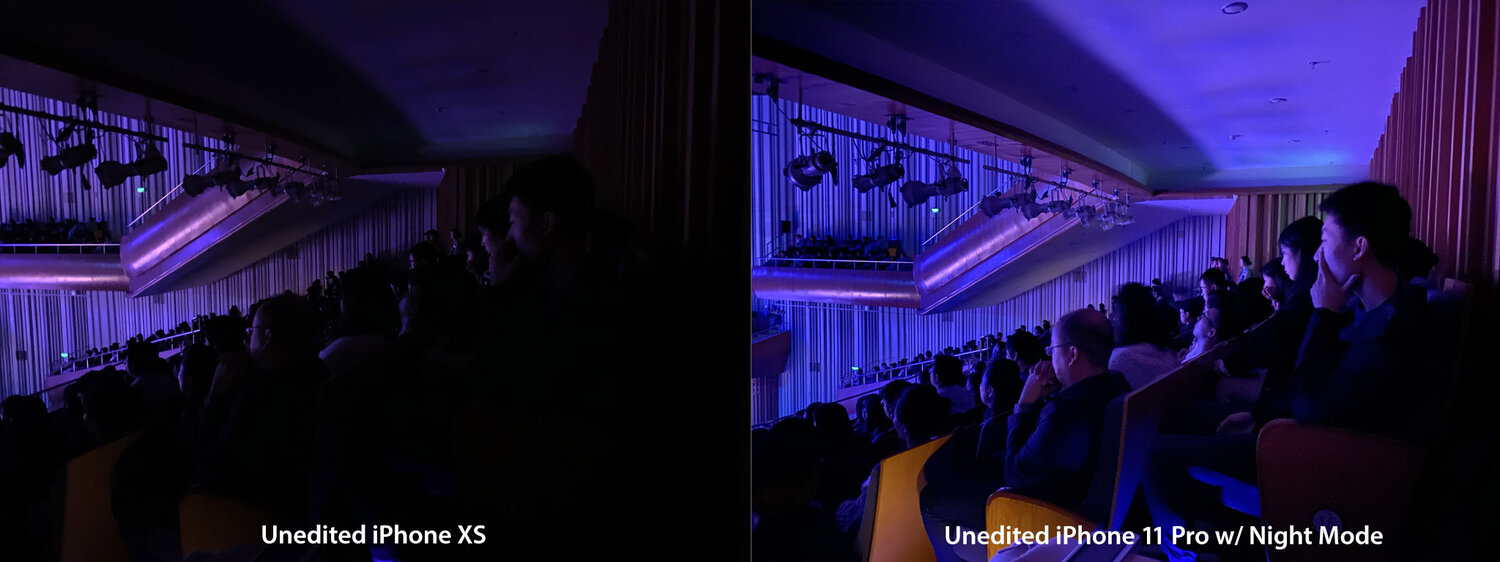
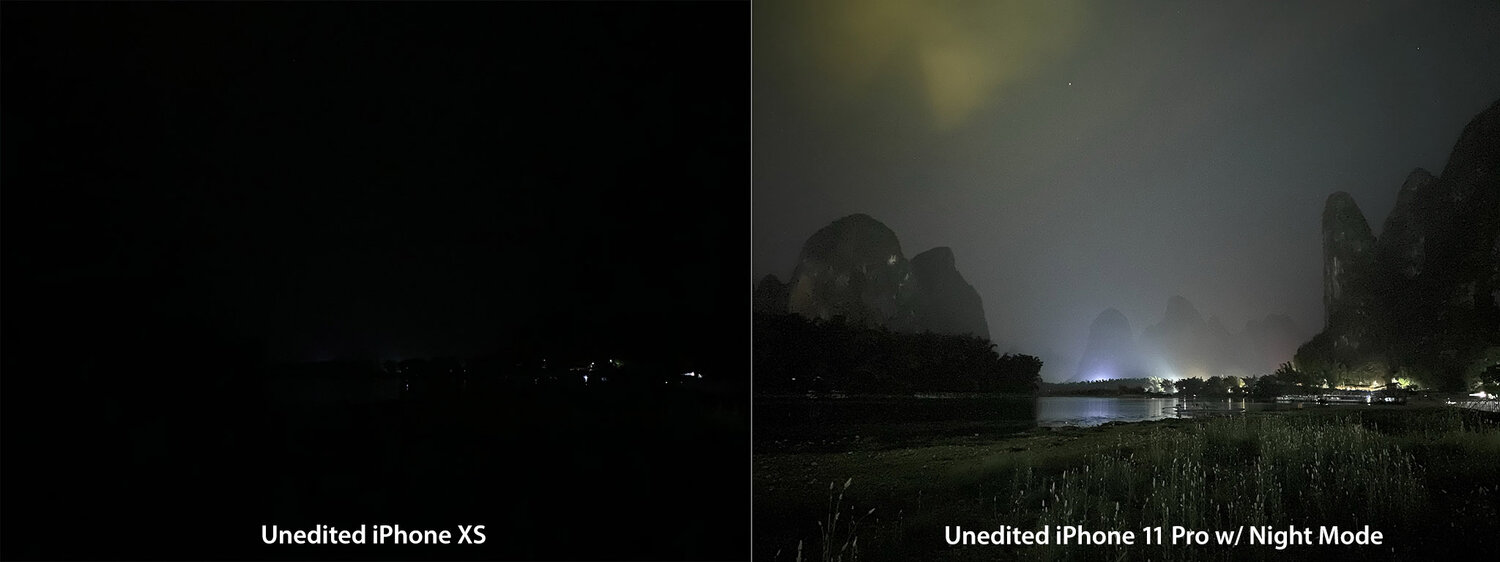
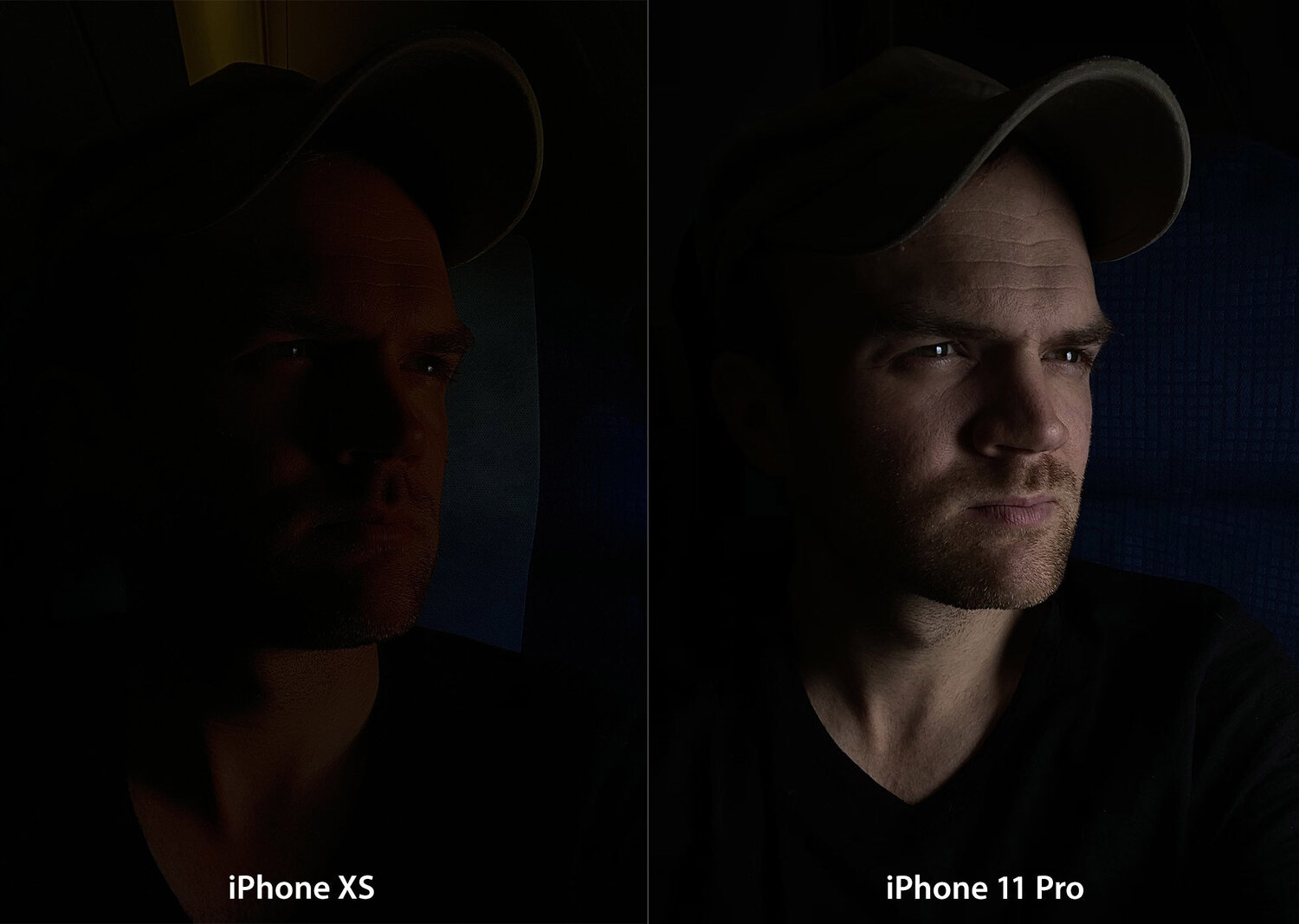
Τελευταία επεξεργασία από: nikosgnr, 19/09/2019 - 23:46
![]()


